TimeLog makes it simple for us to use different payment models
The Swedish IT consultancy company Infozone switched to TimeLog to make it easier and more efficient to invoice projects based on multiple payment models.
Time tracking
Build your perfect data foundation for spotless invoicing and deep business insights with easy time tracking.
Project management
Be a world champion project manager. Keep your projects on track - and profitable.
Resource management
Efficiently staff projects and run a predictable business with confidence.
Insights & Reporting
Get smarter - faster - to make clever decisions for long-term growth impact.
Project accounting & Invoicing
Invoice everything - fast and accurate - while staying on top of project finances.
Staff & Salary
Give accountants and HR an intelligent tool to eliminate draining administration.
Financial Systems
TimeLog offers standard integrations for all your favourite financial systems. Save time and reduce manual tasks.
Payroll Solutions
TimeLog offers standard integrations for multiple payroll solutions. Get easy salary administration and only enter payroll information once.
Add-ons
Track time automatically via Outlook, use gamification or find another add-on that can support your business.
Multiple Legal Entities
You can create synergy between your departments and across borders and offices with the Multiple Legal Entities module from TimeLog.
Business Intelligence
Utilise the insights you get from TimeLog to the fullest. Our system is ready to integrate with multiple BI solutions.
Partner Integrations
TimeLog PSA is part of a large ecosystem. Get an overview of all the partner integrations in the TimeLog family.
Economy department
Save 1-2 days a month on your invoicing process.
Project teams
From planning to execution and evaluation. Robust tools for every project manager.
Management teams
Create a performance-driven culture with solid reporting capabilities.
Large enterprises
Enhance operations and performance across entities, countries and departments.
NGOs and non-profit organisations
Simplify internal processes, spend less time on administration, and get documentation in place - at a discounted rate.
Blog
Get inspired to run an even better business with articles, guides and analyses.
Guides, podcasts and webinars
Get access to templates, guides and webinars that help and inspire you.
Help Center
Looking for help material and user guides to the TimeLog system? Look no further. Find all the help you need now.
Get a single source of truth
Discover how companies maintain a single source of truth across borders, departments, and currencies.
Get integrated
Discover the advantages customers gain from utilising our integrations and API.
Reporting in real-time
Explore how others leverage reporting to optimise their processes and make informed decisions.
Get started with resource planning
Discover how other companies thoroughly grasp their resources and enhance their ability to predict future trends.
Improved project financials
This is how the efficient financial toolbox from TimeLog helps project managers and CFOs improve their project financials.
Faster invoicing
Discover how other companies have slashed the time spent on invoicing by 75% - and uncover how you can achieve the same efficiency.
The Story of TimeLog
Get insights on TimeLog and how we can help you grow and evolve your business.
Employees
See who shows up every day to deliver the best PSA solution.
Career
What's life like at TimeLog? Are we hiring? Get the answer here.
Partner
Create even more value for your customers, as well as ours, as a TimeLog Partner.
Premium Service
Online Help Center, tailored onboarding and support from Day 1.
Corporate Social Responsibility
We work to ensure a positive impact on planet, people and businesses.
Security and GDPR
Learn more about how we work to keep your data safe and provide maximum security.

The Swedish IT consultancy company Infozone switched to TimeLog to make it easier and more efficient to invoice projects based on multiple payment models.

At Inspari, they know change processes often meet resistance in the beginning, which is why they prepared as much as they could. Learn their tips for overcoming resistance.

With TimeLog’s time tracking, it is possible for Fellowmind to easily manage time spent on their projects with more than 120 employees.
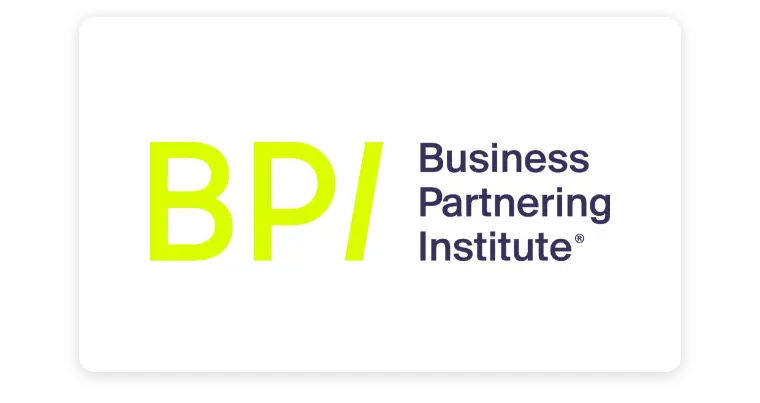
In 2023, the Business Partnering Institute decided to look for a system that could collate time registrations and manage their consulting business, which works with fixed-price and time-and-materials projects.
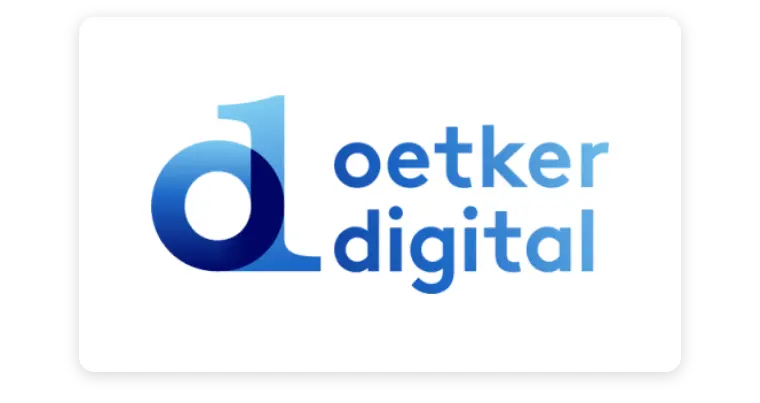
Oetker Digital found that TimeLog PSA not only increased efficiency, but also provided cost savings by consolidating multiple tools into one comprehensive platform.
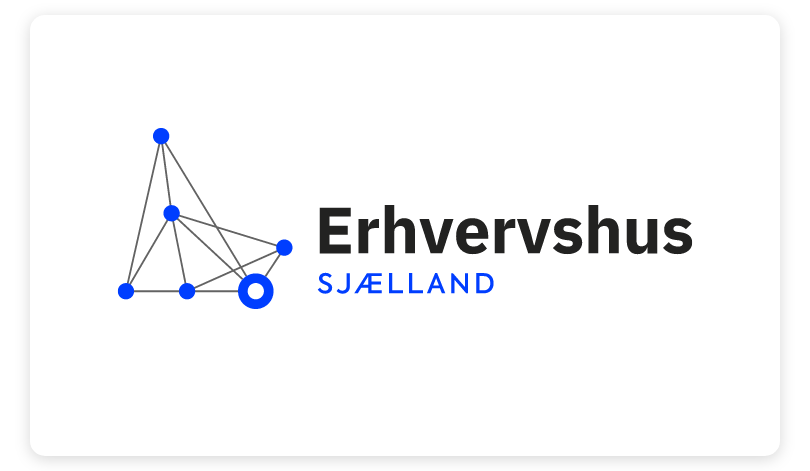
Danish business growth organisation Væksthus Sjælland and its sister organisations chose TimeLog for keeping track of their time registrations.
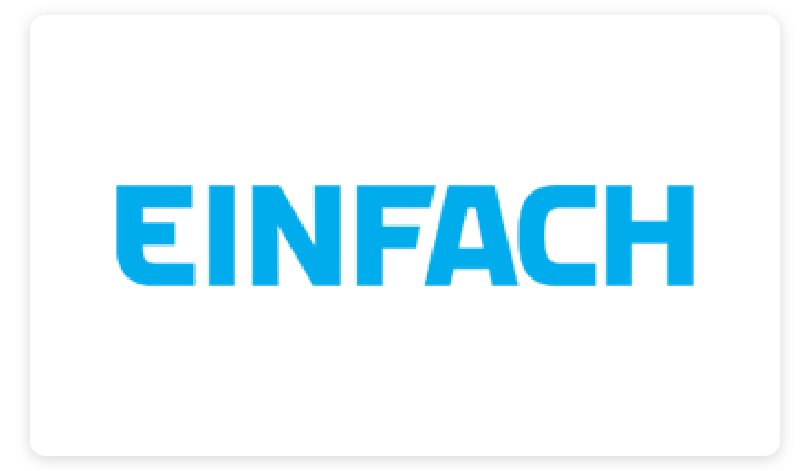
TimeLog provides Einfach bookkeepers with the opportunity to better price new customers and at the same time have the billing basis ready when they need it.

Especially the TimeLog Tracker makes exact time tracking possible, which is important for the consultants at Specialisterne

Chalmers’ IT department needed a more user-friendly and cost-effective system for time registration. TimeLog was the solution that best matched their requirements.

For many companies, it is important with exact resource planning, but sometimes hard to take the last step.
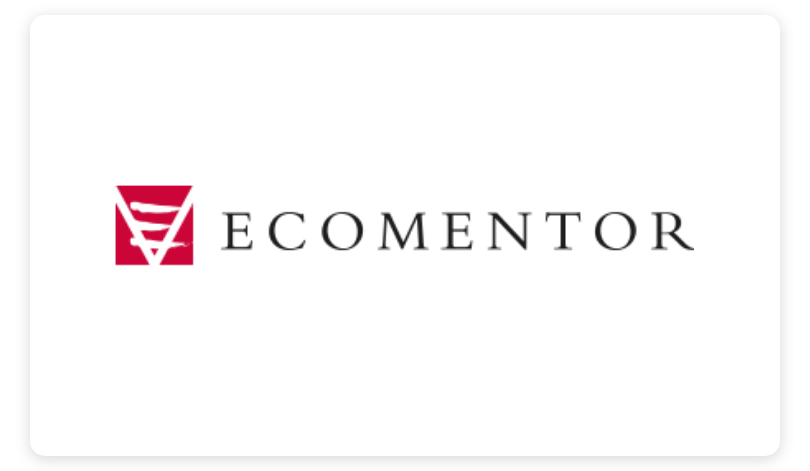
The accounting firm Ecomentor switched from time tracking in the C5 financial system to TimeLog, which better supports the consultancy firm's processes and needs - and at the same time saved them DKK 150,000 on IT investments.

For the small consultancy firm Seismonaut, the time registration in TimeLog is an indispensable tool that allows them to create very accurate project estimates for their customers.
Fill in the form and we will contact you

